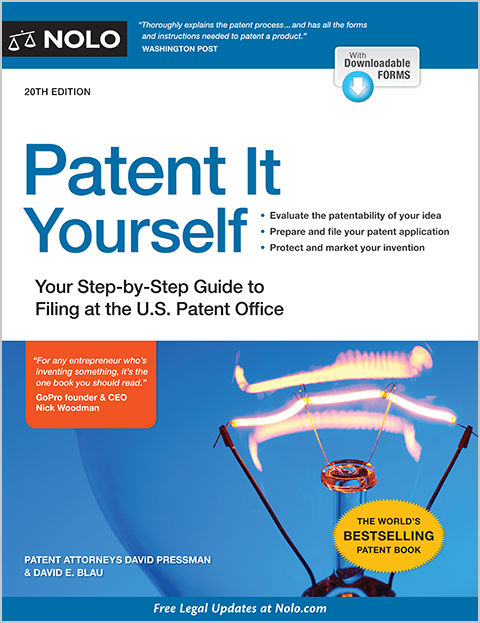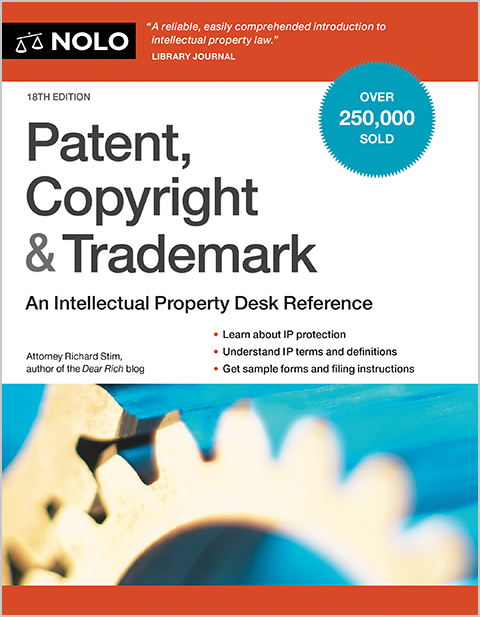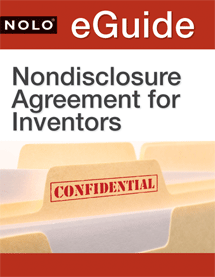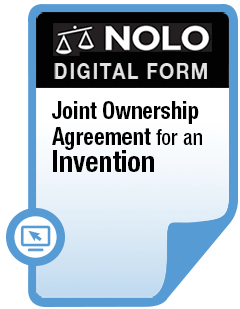In some situations, you may use another's copyrighted work without asking permission and without being liable for copyright infringement.
Copyright law gives certain exclusive rights to creators, including the right to reproduce, distribute, and make adaptations from their works. Unauthorized use of another's copyrighted work is copyright infringement.
"Fair use" is an important defense that sometimes applies to claims of copyright infringement. If your use is fair use, is not infringement.
In this article, we explain how fair use works, given you examples, and help you evaluate whether the doctrine applies to your own situation. Our focus here is written works, nut keep in mind that fair use applies to any type of copyrighted work, including musical works, audio-visual works, and even software.
What Is Fair Use and Why Do We Have It?
The fair use privilege is perhaps the most significant limitation on a copyright owner's exclusive rights. If you write or publish, you need a basic understanding of what does and doesn't constitute fair use.
Writers, academics, and journalists frequently need to borrow the words of others. Sooner or later, almost all writers quote or closely paraphrase material that someone else has written. For example, imagine:
- Andy, a political blogger, quotes from a newspaper editorial in order to criticize the main argument of the editorial.
- Phil, a biographer and historian, quotes from several unpublished letters and diaries written by his subject.
- Regina, a freelance writer, closely paraphrases two paragraphs from the Encyclopedia Britannica in an article she's writing.
- Sylvia, a poet, quotes a line from a poem by Maya Angelou, by way of homage, in one of her own poems.
Assuming the material quoted in these examples is protected by copyright, must Andy, Phil, Regina, or Sylvia get permission from the author or other copyright owner to use it? You may be surprised to learn that the answer is "not necessarily."
Under fair use, another author may make limited use of the original author's work without asking permission. Section 107 of the Copyright Act of 1986 (17 U.S. Code § 107) states that fair use of copyrighted material "for purposes such as criticism, comment, news reporting, teaching (including multiple copies for classroom use), scholarship, or research, is not an infringement of copyright."
Types of Uses That Can Qualify as Fair Use
Subject to some general limitations discussed later in this article, the following types of uses are usually deemed fair use:
- Criticism and commentary. For example, quoting or excerpting a work in a review for purposes of illustration or comment would normally be fair use. A book reviewer would normally be permitted to quote limited passages from a book in a newspaper column as part of a critique of the book.
- News reporting. Summarizing an article, with brief quotations, in a news report constitutes fair use. For instance, a journalist would be permitted to quote from a the text of a political speech text without the politician's permission.
- Research and scholarship. Quoting a short passage in a scholarly, scientific, or technical work for the purpose of illustration or clarification would be acceptable. An art historian would be able to use an image of a painting in an academic article that analyzes the painting.
- Nonprofit educational uses. Teachers photocopying limited portions of written works for classroom use is normally acceptable. An English teacher would be permitted to copy a few pages of a book to show to the class as part of a lesson plan. (Note that the teacher would not be permitted to photocopy the entire book).
- Parody. Parody is a work that ridicules another, usually well-known work by imitating it in a comic way. For example, Barry Trotter and the Unauthorized Parody by Michael Gerber is a parody of Harry Potter and the Sorcerer's Stone by J.K. Rowling.
Determining Fair Use: The 4 Factors Courts Use
Use isn't automatically fair just because it falls into one of the categories above. And uses that don't fall into those categories can be fair.
When there's a dispute, courts consider the following four issues in deciding whether a use is fair use:
- why the party used the copyrighted material (for instance, for commercial versus educational purposes)
- whether the copyrighted work is informational or for entertainment
- how much of the copyrighted work the party used, and
- whether and how the use affects the market for or value of the copyrighted work.
Read more about how courts interpret and weigh the four factors to decide whether a use is fair use.
Is It Fair Use? 4 Questions to Ask Yourself
Here are four practical questions that will help to inform you about whether your use of another's work might qualify as fair use. Other factors can come into play (like whether the copyrighted material has been published), but these questions can tell you a lot.
1. Am I Creating Something New or Just Copying?
The purpose and character of your intended use of the material involved (the "why" of the use) is the single most important factor in determining whether a use is fair under U.S. copyright law. But regardless of your purpose in using the work, you should ask yourself whether you are merely copying someone else's work verbatim or instead transforming it into something new.
2. Am I Competing With the Source I'm Copying From?
Without consent, you ordinarily can't use another person's protected expression in a way that impairs (or even potentially impairs) the market for their work.
For example, say Nick, a golf pro, writes a book on how to play golf. He copies several brilliant paragraphs on how to putt from a book by Lee Trevino, one of the greatest putters in golf history. If Nick's book could compete with and possibly damage the market for Trevino's book, Nick's copying would likely not be fair use.
3. Am I Taking More Than I Need From the Source Material?
As a general rule, the more material you copy from the original, the less likely it is that your use will be considered a fair use.
How much is too much? There's no hard-and-fast answer to that question. It depends in part on how much you need to accomplish your purpose (such as criticism, commentary, news reporting, teaching, scholarship, or research). If you copied five paragraphs when three sentences would have sufficed, you probably took too much. On the other hand, copying entire works, under some circumstances, can qualify as fair use.
4. How Valuable Is the Part I'm Copying?
The more important the material is to the original work, the less likely your use of it will be considered fair.
In one famous case, The Nation magazine obtained a copy of Gerald Ford's memoir before its publication. The magazine's article about the memoir quoted only 300 words from Ford's 200,000-word manuscript.
The Supreme Court ruled that this was not a fair use. According to the Court, the material quoted (dealing with the Nixon pardon) was the "heart of the book ... the most interesting and moving parts of the entire manuscript." The Court found that prepublication disclosure of this material would cut into the value or sales of the book.
More Information on Fair Use
For more detailed information on fair use and copyrighted material, see Getting Permission: Using & Licensing Copyright-Protected Materials Online & Off.
Talk to a Lawyer
Need a lawyer? Start here.
How it Works
- Briefly tell us about your case
- Provide your contact information
- Choose attorneys to contact you
- Briefly tell us about your case
- Provide your contact information
- Choose attorneys to contact you



